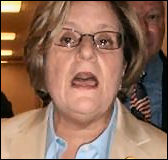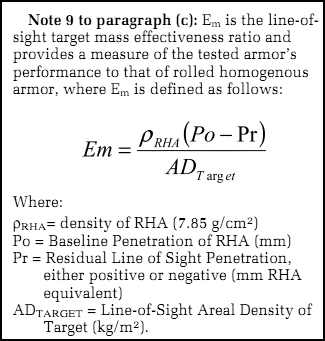 The Bureau of Industry and Security (“BIS”) is publishing in tommorow’s Federal Register a proposed rule setting forth the framework under which items removed from the USML will be treated in the Export Administration Regulations (“EAR”). I haven’t carefully studied all 132 pages, so there will be multiple postings on the proposed rule as I go through it with more care. This post will simply provide a top-level review of what is in the proposed new rule.
The Bureau of Industry and Security (“BIS”) is publishing in tommorow’s Federal Register a proposed rule setting forth the framework under which items removed from the USML will be treated in the Export Administration Regulations (“EAR”). I haven’t carefully studied all 132 pages, so there will be multiple postings on the proposed rule as I go through it with more care. This post will simply provide a top-level review of what is in the proposed new rule.
First, the commentary to the rule addresses, and dismisses, the supposed dichotomy between the United States Munitions List (“USML”) and the Commerce Control List (“CCL”). Common wisdom tends to distinguish the USML and the CCL by noting that the USML covers military items while the CCL deals only with dual-use items. That, however, is not strictly true. Items with ECCNs ending in 018 are items from the Wassenaar Arrangements military list that are not on the USML. For example, ECCN 9A018 controls non-armed all-wheel drive vehicles capable of off-road use with NIJ Level III ballistic protection. ECCN 0A919 covers certain foreign-produced military items incorporating certain cameras controlled under ECCN 6A003.
Under the proposed rule, items moved from the USML to the CCL will be put in a new “600 series” of ECCNs — that is ECCNs where the third digit is 6, such as, potentially, ECCN 3A601. Items in 018 series ECCNs, such as the Wassenaar Arrangement military items mentioned above, would also be put in one of the new 600 series ECCNs. Items in the 600 series would generally be controlled for National Security Column 1 (“NS1”) reasons which means that they would require a license for all destinations except for Canada. The new license exception STA would not automatically cover items in the 600 series but would require a specific eligibility determination by BIS. Requests for such determination may be made in license applications for 600 series items not already subject to such a determination.
Many of the items that are anticipated to be removed from the 600 series are parts and components of defense articles otherwise covered under the USML. The proposed rule would permit these 600 series parts to be exported under RPL provided that they are one-for-one replacement for parts in a USML defense article lawfully exported under the Arms Export Control Act.
There is much more of interest in the proposed rule, and I intend to devote several more posts to the details.
Public comments are due sixty days after publication of the notice in the Federal Register which, if the notice is published on July 15, will be August September 13, 2011.
UPDATE: Here is the link to the notice in the July 15 Federal Register.

 Posted by
Posted by  Category:
Category: 


 WikiLeaks has gotten the State Department so flustered that it is leaking its own documents. Today DDTC posted a
WikiLeaks has gotten the State Department so flustered that it is leaking its own documents. Today DDTC posted a  One of the oft-stated goals of the White House’s export control reform initiative is to transform the
One of the oft-stated goals of the White House’s export control reform initiative is to transform the 


